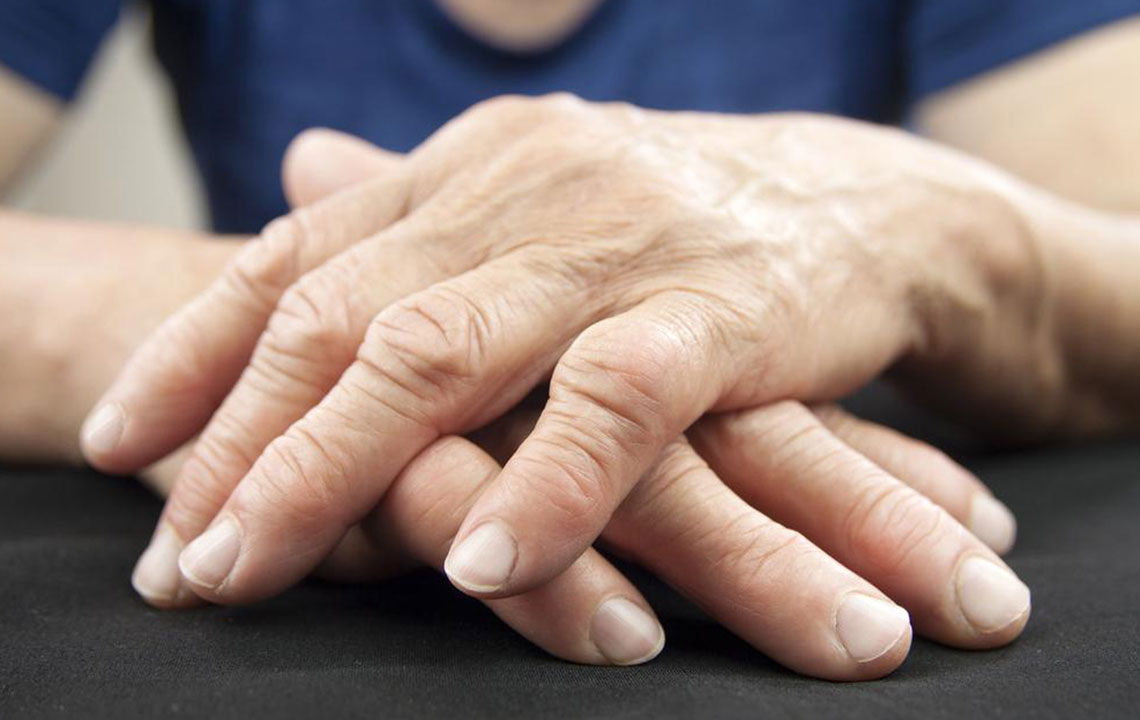Comprehensive Guide to Rheumatoid Arthritis: Symptoms, Causes, and Effective Management Strategies
Discover comprehensive insights into rheumatoid arthritis, including its causes, symptoms, diagnosis, and modern management strategies. This detailed guide emphasizes early intervention and lifestyle modifications to improve quality of life for those affected by RA, a prevalent autoimmune joint disorder. Learn about available treatments, surgical options, and tips for living well with the condition.

Comprehensive Guide to Rheumatoid Arthritis: Symptoms, Causes, and Effective Management Strategies
Rheumatoid arthritis (RA) is a complex autoimmune disease that significantly impacts millions of individuals worldwide. Characterized by chronic inflammation of the joints, RA can lead to severe pain, swelling, and eventual joint deformity if not properly managed. Understanding the underlying causes, recognizing early symptoms, and adopting effective treatment and lifestyle strategies are essential for improving quality of life and preventing irreversible damage.
RA occurs when the immune system mistakenly attacks healthy joint tissues, particularly the synovium, leading to persistent inflammation. This autoimmune response can affect not only joints but also internal organs such as the lungs, heart, and eyes, making it a systemic condition with wide-ranging implications.
Early diagnosis plays a crucial role in managing rheumatoid arthritis effectively. Medical professionals typically rely on a combination of physical examinations, blood tests—including rheumatoid factor (RF) and anti-CCP antibodies—and imaging techniques like X-rays or MRIs to confirm the presence of RA. The sooner the condition is identified, the better the chances of preventing joint destruction and maintaining mobility.
Causes and Risk Factors of Rheumatoid Arthritis
The exact cause of RA remains unknown, but research suggests a combination of genetic, environmental, and lifestyle factors contribute to its development. Individuals with a family history of autoimmune diseases are at higher risk. Environmental triggers such as smoking, pollution, and certain infections may also initiate or exacerbate the condition. Hormonal factors influence the higher prevalence among women, who are approximately three times more likely to develop RA compared to men. Age is another factor, with most diagnoses occurring between ages 30 and 60.
Recognizing Symptoms of Rheumatoid Arthritis
Early symptoms of RA often include symmetrical joint swelling, persistent stiffness, especially in the mornings lasting more than an hour, and joint pain. Over time, the persistent inflammation can cause joint deformity and erosion. Common signs include:
Prolonged morning stiffness
Swelling and tenderness in small joints of the hands and feet
Fatigue, fever, and general malaise
Nodules beneath the skin, particularly near affected joints
Weakness and reduced joint function
Patients might also experience systemic symptoms such as shortness of breath or inflammation of internal organs, highlighting the importance of comprehensive medical evaluation.
Effective Management and Treatment Strategies
While there is no cure for RA, various therapies can control symptoms and slow disease progression. The cornerstone of treatment involves disease-modifying antirheumatic drugs (DMARDs), such as methotrexate, which help suppress the immune response and prevent joint damage. Biologic agents like TNF inhibitors have revolutionized RA management by targeting specific immune system components.
In addition to pharmacotherapy, lifestyle modifications are vital. Incorporating regular low-impact exercises such as walking, swimming, and gentle stretching can strengthen muscles around affected joints, improve flexibility, and reduce stiffness. Maintaining an active lifestyle also boosts overall health and immune resilience.
Physical and occupational therapy can aid in preserving joint function and teaching strategies to minimize strain during daily activities. Patients are advised to rest during flare-ups and avoid activities that exacerbate symptoms. Stress management techniques, healthy eating habits, and smoking cessation further contribute to better disease control.
Advanced Treatment Options and Surgical Interventions
In cases where medication and lifestyle adjustments do not sufficiently alleviate symptoms or prevent joint damage, surgical options may be considered. Joint replacement surgery, such as total hip or knee replacements, can restore function and reduce pain. Synovectomy, or removal of the inflamed synovial tissue, may be performed to slow disease progression in specific joints.
Living with Rheumatoid Arthritis: Tips for Quality of Life
Managing RA requires a holistic approach that includes physical, emotional, and social support. Maintaining a balanced diet rich in anti-inflammatory foods can help reduce systemic inflammation. Regular exercise not only strengthens muscles but also improves mood and energy levels. Stress reduction techniques like mindfulness, meditation, or yoga are beneficial, given the disease’s potential psychological impact.
Support groups and counseling provide valuable emotional resources for coping with chronic illness. Patients should also stay vigilant with routine medical check-ups to monitor disease activity and adjust treatments accordingly.
The Importance of Awareness and Early Intervention
Rheumatoid arthritis affects approximately 1.5 million Americans, predominantly women in their 30s and 40s. Awareness of early symptoms and risk factors can lead to prompt diagnosis and more effective management. Educating the public about RA, encouraging regular health screenings, and fostering open communication with healthcare providers are essential steps toward better outcomes.
Advances in medical research continue to improve understanding of RA, leading to the development of new medications and therapies. Continued support and education are necessary to help individuals lead active, healthy lives despite the challenges posed by this autoimmune disorder.





